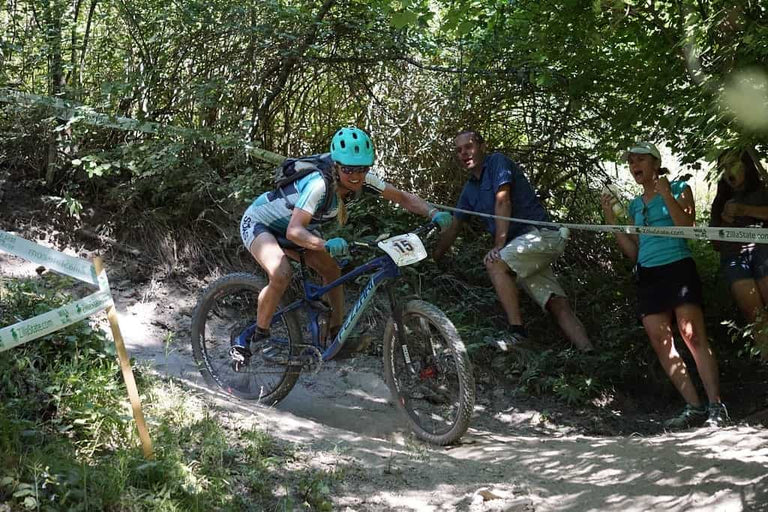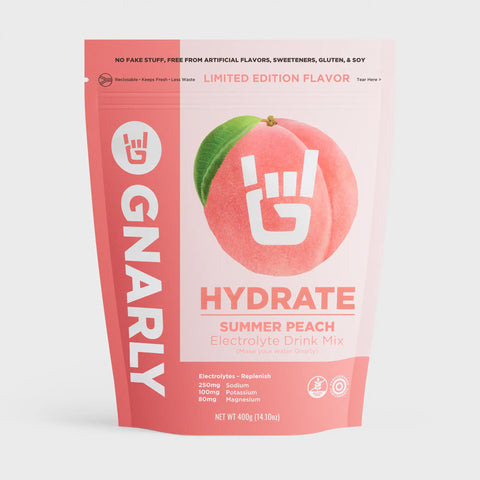Muscle cramping is my nemesis. Simultaneous hamstring cramping once made be abandon the trail and roll in the shrubbery trying to figure out if straitening or bending my legs would be better as the second place girl sped past me to the finish. A calf cramp once left me one-leg pedaling the last three miles of a relay race. Another instance attacked me driving home from a race, causing me to spastically exit the freeway and take the very long way home so I could drive in cruise control avoiding using my legs. Yes, muscle cramps have cost me wins at races, and the torn muscles from a few of the occurrences have side-lined me for weeks. Most athletes will experience debilitating muscle cramps once; it could happen to anyone in a “perfect storm” sort of fashion. But repeat severe muscle cramping should be looked at seriously.

The usual culprit for muscle cramping in athletes is dehydration or over-exertion/under-training. I opted to believe my cause was a lack of hydration, not over-exertion due to unsufficient preparation. I began racing with a hydration pack and adopted a hyper-hydration protocol the day before racing. No change. The next season I was armed with a new coach who was tasked to solve my cramping issues. Under the assumption my cramps were due to undertraining, we built up my endurance base (races under two hours were not a problem, but the 140 minute mark was the witching hour), and though my cramps became less severe they did not go away. Next was a slew of medical tests: bloodwork, neurotransmission testing, even some DNA markers were looked at to see if I had some obscure health issue. The ordeal was nerve wracking (pun intended), but ultimately I was declared very healthy. It was time for me to become my own detective.

A muscle cramp is simply when a muscle contracts (shortens) and does not relax (lengthen) when its job is complete. For muscles to fire, there is a dance between magnesium, potassium and sodium ions in the muscle fibers. If any of these ions are in insufficient supply, muscle firing will become problematic and usually results in a muscle becoming stuck in a shortened position. When we exercise, we deplete our supply of these mineral through energy consumption and with our sweat. The salt in our sweat is made up predominately of these mineral ions. Drinking water alone will not replace the minerals you have lost.

It seems likely that becoming depleted in these key mineral ions was the root of my muscle cramping problem, but I was confused because I used an electrolyte supplement while training and racing. My electrolyte supplement had the key ingredients: sodium, magnesium and potassium so maybe I just needed to consume more? It turns out that while exercising you are able to replace about one third of what you use: water, calories, minerals, etc. Just putting more of these in your stomach will result in them just staying there and sloshing around. But the source of these ingredients is really important! For example, if you take an inorganic form of magnesium (like magnesium oxide; think ground up rocks) you will only absorb 4% of it. If it is chelated (attached to an organic molecule like an amino acid; compounds ending in lactate or citrate for example), your body will be able to use about 85% of the magnesium. My old electrolyte drink was comprised of inorganic sources of minerals which is as useful to my body as if I were eating a spoon full of dirt. Armed with a new bio-available electrolyte (Gnarly Hydrate) where the minerals are in a chelated form, my exercise induced muscle cramps are a thing of the past.




